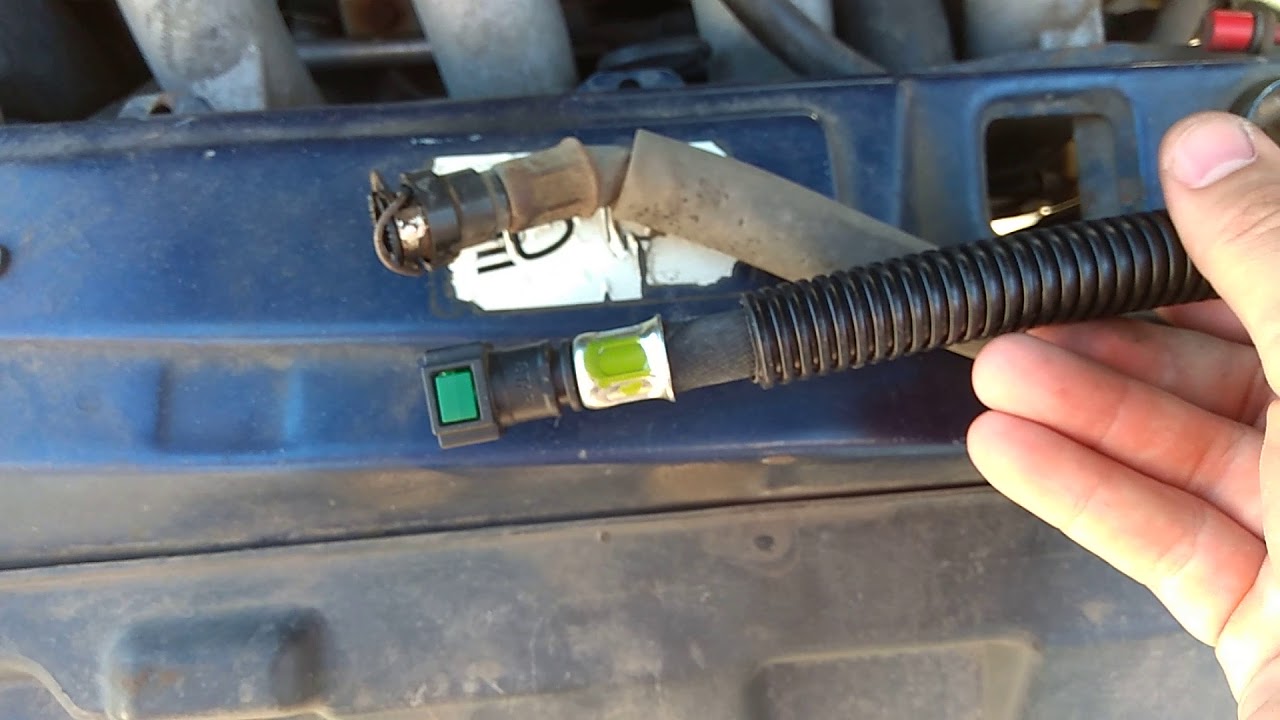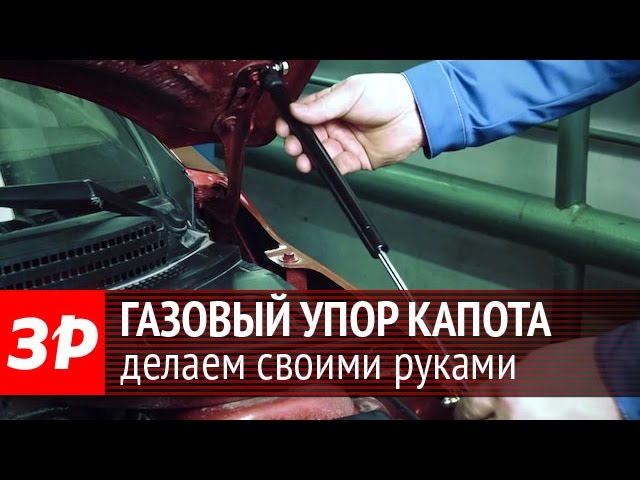
How to replace the fuel return hose
Content
Vehicles with computer systems and injector control systems come with fuel return hoses. Fuel return hoses are usually made from a plastic known as carbon fiber and are low pressure.
They are designed to transfer unused fuel from the fuel rail back to the fuel tank. Gasoline engines use 60 percent of the fuel and return 40 percent of the fuel back to the fuel tank. Diesel engines use 20 percent of the fuel and return 80 percent of the fuel back to the tank.
Fuel return hoses can vary in size and length. The size determines how much fuel needs to be returned and also determines the type of fuel pump used. High flow fuel pumps require a large fuel return hose to prevent damage to the fuel rail. Some fuel return hoses run along the vehicle's frame and go straight to the fuel tank with minimal kinks.
Other fuel return lines have many bends and may be longer than usual. This helps the fuel to cool before entering the fuel tank. Plus the heat transfer rate is higher as the hose has a plastic construction.
This type of hose is very durable and can withstand pressures up to 250 psi. However, plastic hoses can break when the hose is moved. Most plastic hoses have a quick connect fitting for connecting other plastic hoses or even rubber hoses.
Symptoms of a failed return hose include a flooded carburetor, a fuel leak, or a gasoline smell around the vehicle. Replacing the fuel hoses on your vehicle will take time and patience and may require you to get under the car depending on which hose you are replacing.
There are several engine light codes associated with the fuel hose on vehicles with computers:
P0087, P0088 P0093, P0094, P0442, P0455
Attention: it is recommended to replace the fuel hoses with original ones (OEM). Aftermarket fuel hoses may not match, may have the wrong quick connector, may be too long or too short.
A warning: Do not smoke near the car if you smell fuel. You smell fumes that are very flammable.
Part 1 of 4: Checking the Condition of the Fuel Hose
Necessary materials
- combustible gas detector
- flashlight
Step 1: Check for fuel leaks in the engine compartment.. Use a flashlight and a combustible gas detector to check for fuel leaks in the engine compartment.
Step 2: Check fuel drain hose for fuel leaks.. Take the creeper, go under the car and check for fuel leaks from the fuel return hose.
Get a combustible gas detector and check the fuel return hose connections to the fuel tank for vapor leaks.
Part 2 of 4: Removing the Fuel Return Hose
Necessary materials
- Hex key set
- socket wrenches
- Switch
- Drip tray
- flashlight
- Flat head screwdriver
- Jack
- Fuel Hose Quick Disconnect Kit
- Fuel resistant gloves
- Fuel transfer tank with pump
- Jack stands
- Pliers with needles
- Protective clothing
- Ratchet with metric and standard sockets
- Safety glasses
- thread blocker
- Wrench
- Torque bit set
- transmission jack
- Wheel chocks
Step 1: Park your vehicle on a level, firm surface.. Make sure the transmission is in park (for automatic transmission) or 1st gear (for manual transmission).
Step 2: Install wheel chocks around tires.. In this case, the wheel chocks wrap around the front wheels because the rear of the car will be raised.
Apply the parking brake to block the rear wheels from moving.
Step 3: Install a nine volt battery in the cigarette lighter.. This will keep your computer running and save the current settings in the car.
If you don't have a nine-volt battery, no big deal.
Step 4: Open the car hood to disconnect the battery.. Remove the ground cable from the negative battery terminal by turning off the power to the ignition and fuel systems.
Step 5: Raise the car. Jack up the vehicle at the indicated points until the wheels are completely off the ground.
Step 6: Install Jacks. Place the jacks under the jack point locations and lower the vehicle onto the jacks.
For most modern cars, the jack stand attachment points are on a weld right under the doors along the bottom of the car.
Step 7: Locate a damaged or leaking fuel hose.. Use a fuel hose quick disconnect tool to remove the fuel return hose from the fuel rail.
Step 8: Remove the fuel return hose. Use a fuel hose quick disconnect tool, disconnect and remove the fuel return hose.
Remove it from the fuel return hose extension behind the engine along the firewall, if the vehicle has one.
- AttentionNote: If you have rubber or flexible hoses on the fuel supply hose, fuel return hose and steam hose, it is recommended to replace all three hoses if only one hose is damaged.
Step 9: Get under the car and remove the fuel plastic hose from the car.. This line can be held with rubber bushings.
- Attention: Be careful when removing plastic fuel lines as they can break easily.
Step 10: Remove the fuel tank straps. Place a transmission jack under the fuel tank and remove the belts.
Step 11: Open the fuel filler door. Turn out bolts of fastening of a mouth of a fuel tank.
Step 12: Remove plastic fuel return hose.. Lower the fuel tank just enough to use the quick release tool to disconnect the fuel hose from the fuel tank.
Place a pan under the fuel tank and remove the fuel hose from the fuel tank.
If you are removing all three lines, you will need to remove the steam hose from the charcoal tank and the fuel feed hose from the fuel pump using a quick release tool.
- Attention: You may need to disconnect other fuel lines to get to the fuel line you are replacing.
Step 13: Install the Hose to the Tank. Take the new fuel return hose and snap the quick connector onto the fuel tank.
If you are installing all three lines, you will need to install the steam hose to the charcoal canister and the fuel feed hose to the fuel pump by snapping the quick couplers.
Step 14: Raise the fuel tank. Align the fuel filler neck so that it can be installed.
Step 15: Open the fuel filler door. Establish bolts of fastening to a mouth of a fuel tank.
Tighten the bolts by hand, then 1/8 turn.
Step 16: Attach the fuel tank straps. Apply threadlocker to the threads of the mounting bolts.
Tighten the bolts by hand and then 1/8 turn to secure the straps.
Step 17: Connect Fuel Hose and Line. Remove the transmission jack and snap the fuel hose quick connector onto the fuel line behind the fire wall in the engine compartment.
Step 18: Connect the fuel hose and line at the other end.. Connect the other end of the fuel return hose and snap the quick connector onto the fuel return hose.
This is located behind the firewall. Do this only if the car is equipped with it.
Step 19: Connect the fuel return hose quick connector to the fuel rail.. Check both connections to make sure they are tight.
If you had to remove any brackets, be sure to install them.
Part 3 of 4: Leak test and vehicle lowering
Required material
- combustible gas detector
Step 1 Connect the battery. Reconnect the ground cable to the negative battery post.
Remove the nine volt fuse from the cigarette lighter.
Step 2: Tighten the battery clamp firmly. Make sure the connection is good.
- AttentionA: If you didn't have a XNUMX-volt power saver, you'll have to reset all of your car's settings, such as the radio, power seats, and power mirrors.
Step 3: turn on the ignition. Listen for the fuel pump to turn on and turn off the ignition after the fuel pump stops making noise.
- AttentionA: You will need to turn the ignition on and off 3-4 times to make sure all fuel lines are filled with fuel.
Step 4: Check all connections for leaks.. Use a combustible gas detector and sniff the air for fuel odors.
Step 5: Raise the car. Jack up the vehicle at the indicated points until the wheels are completely off the ground.
Step 6: Remove Jack Stands. Keep them away from the car.
Step 7: Lower the car so that all four wheels are on the ground.. Pull out the jack and set it aside.
Step 8: Remove the wheel chocks. Set them aside.
Part 4 of 4: Test drive the car
Step 1: Drive the car around the block. During the test, drive over various bumps, allowing fuel to slosh inside the fuel return hose.
Step 2: Keep an eye on the dashboard. Look for the fuel level or the appearance of any engine light.
If the engine light comes on after replacing the fuel return hose, additional fuel system diagnostics may be required or there may be an electrical problem in the fuel system. If you have any questions, be sure to ask your mechanic for quick and helpful advice.

